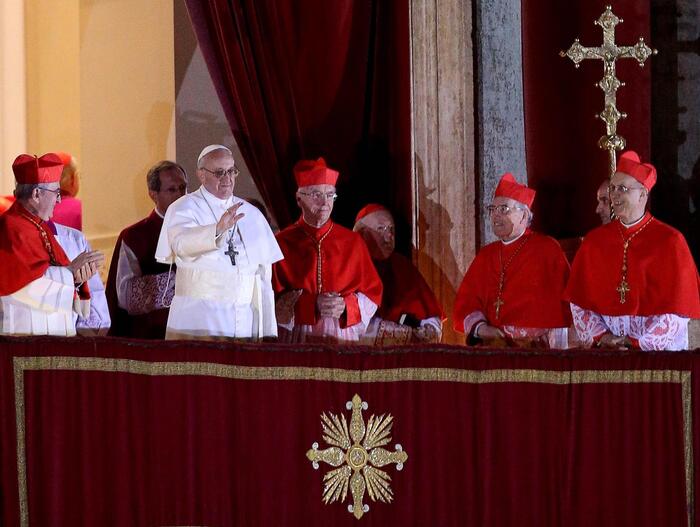Outside the large complex of the Gemelli Polyclinic in Rome, with its white walls and labyrinth of departments, the faithful pray. Up, on the tenth floor, behind windows that all eyes are fixed upon, is the Pope’s apartment: five rooms and a chapel, under strict security measures.
Pope Francis, who has been hospitalized for 16 days due to double pneumonia, seemed to be improving before Friday evening’s sudden downturn: a respiratory crisis in the afternoon —technically a bronchospasm — that led to vomiting with inhalation. The Pope underwent bronchial aspiration and was then assisted with “non-invasive mechanical ventilation”: this should mean he was given oxygen through a mask connected to a machine, but without intubation.
Even if no new crises occur, Francis’s hospitalization will be extended further. The prognosis will be postponed pending new tests and examinations, his recovery from pneumonia is delayed, and Catholics around the world remain anxious.
According to the Italian press, “the night passed peacefully, and in the early hours of Saturday, March 1, the Pope was resting.” However, the 88-year-old Pontiff is fatigued and, from his position atop Monte Mario, is not fully overseeing the Vatican’s affairs, though documents are brought to him and perused every day. Medical bulletins have been emphasizing for days that he is “alert and oriented,” meaning he is fully in possession of his faculties. This detail is significant because media worldwide have speculated on whether the Pope may resign, and some high-ranking prelates have suggested that such a move could be possible. Francis had previously stated that he would not rule out the possibility of stepping down if he were unable to fulfill his mission.
The Agostino Gemelli Polyclinic, watched over by the large white statue of John Paul II (the Polish Pope also lent his name to the gallery leading from Rome’s Foro Italico to the top of Monte Mario), is the healthcare home of the Popes and a symbol of the close ties between the Vatican and the Italian state. It was here that John Paul II was repeatedly hospitalized and eventually passed away, under intense media scrutiny.
The hospital covers 37 hectares of land, on a site donated in 1934 by Pope Pius XI to the Giuseppe Toniolo Institute of Higher Studies, the founding and guarantor institution of the Catholic University of the Sacred Heart. Together, the Institute and the University established the Agostino Gemelli University Hospital Foundation IRCCS, a private, non-profit institution.
Agostino Gemelli was the Franciscan priest, psychologist, and physician who founded the Catholic University of the Sacred Heart in 1921. The Gemelli is private but it operates under agreement with Italy’s National Health System. With 1,611 beds, including both hospital accommodations and private rooms for paying patients, it is one of Italy’s largest clinical centers, training healthcare professionals in the University and conducting extensive scientific research — though constrained by the observance of the Vatican’s dogma.
For example, assisted reproduction at the Gemelli was the subject of much debate. Since March 2024, the Polyclinic opened a department for gender dysphoria, offering only psychological and psychiatric counseling to minors, using a “slow” approach rather than medication. And the Gemelli does not perform pregnancy terminations (abortion is regulated by law in Italy and permitted in all cases up to 90 days, but doctors can refuse to operate on moral grounds, the so called “conscience objection”).












